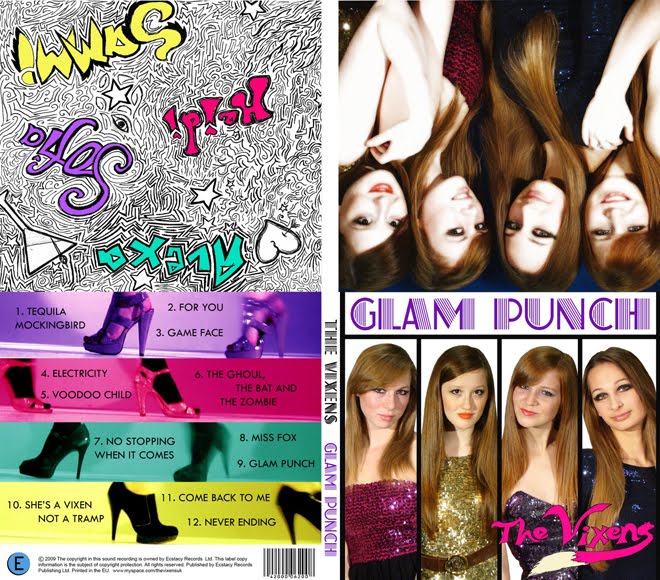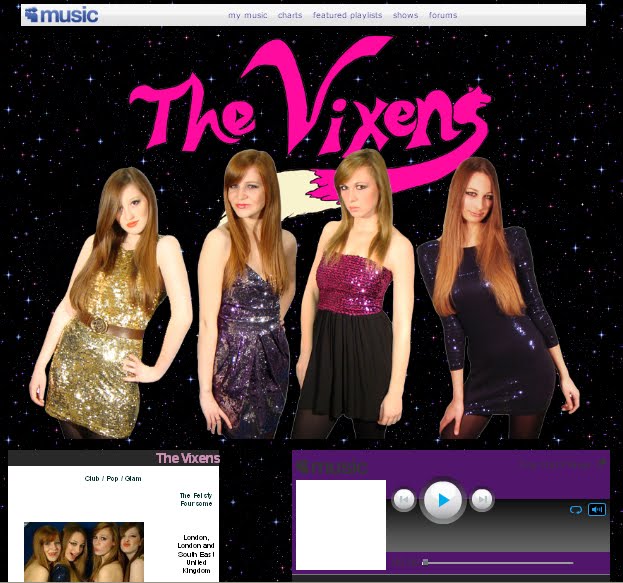There are many many many genres, cross-overs and hybrids in music, and often it is hard to tell which genre(s) a song is.
Here are most of the genres, or "styles".
Afrobeat
Americana
Avant-Garde
Bachata
Ballet
Beatbox
Bebop
Bhangra
Big Band
Blues
Bolero
Boogie-Woogie
Bossa Nova
Breakbeat
Cabaret
Celtic
Chamber Music
Chanson
Children's Music
Choral
Christian
Christmas
Classical
Coladeira
Country
Dance
Dancehall
Disco
Dixieland
Doo Wop
Dub
Easy Listening
EBM
Electro
Emo
Flamenco
Folk
Funk
Fusion
Gospel
Gregorian Chant
Grime
Grindcore
Grunge
Hard bop
Hip-Hop
Honky-Tonk
Hyphy
IDM
Indie
Italo disco
Jam Bands
Jazz
Jewish
Jumpstyle
LatinLo-Fi
Madchester
Mambo
Meditation
Metal
Minimalist
Morna
Motown
Musicals
Native Music
Neo-Psychedelia
New Age
Noise
Novelty
Opera
Outsider
Parody
Polka
Pop
Psychedelic
Psychobilly
Qawwali
R&B
Ragga
Ragtime
Rap
Rave
Reggae
Reggaeton
Religion/Spirituality
Rock
Salsa
Samba
Screamo
Shoegaze
Singer-Songwriter
Ska
Soca
Son
Soundtrack
Spoken Word
Swing
Tango
Trance
Trip-hop
Turntablism
UK Garage
World
Worship
As you can see, there are a large number of styles; some of which are niche and others which have international appeal. This means that the music industry caters for everyone, regardless of class, nationality or religion. There are some on this list that I haven't even heard of, like "Ska" but they all look interesting. Some of these genres have stereotype listeners, for example "Emo" music. The stock character of an Emo listener is someone who is depressed, perhaps self-harms, wears black, has black hair (dyed) with a long side fringe, wears a lot of black eyeliner, paints their nails black, and is generally between 13 and 19 years of age. This is perhaps a tangent from Propp's theory of stock fairytale characters, except that an Emo is not a fairytale character as such.
Some of these genres have stereotype listeners, for example "Emo" music. The stock character of an Emo listener is someone who is depressed, perhaps self-harms, wears black, has black hair (dyed) with a long side fringe, wears a lot of black eyeliner, paints their nails black, and is generally between 13 and 19 years of age. This is perhaps a tangent from Propp's theory of stock fairytale characters, except that an Emo is not a fairytale character as such.
Get ahead with these tasks over the summer!
15 years ago



0 comments:
Post a Comment